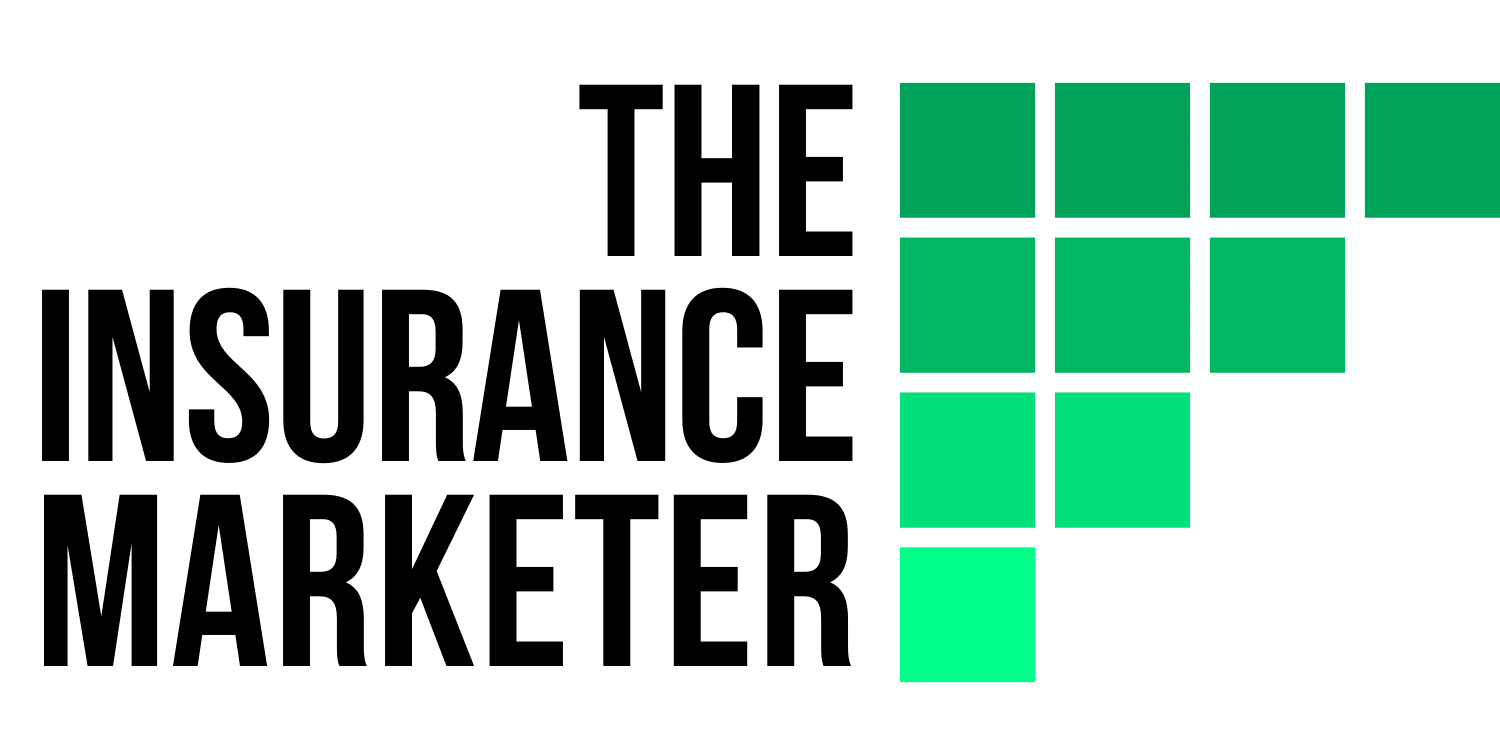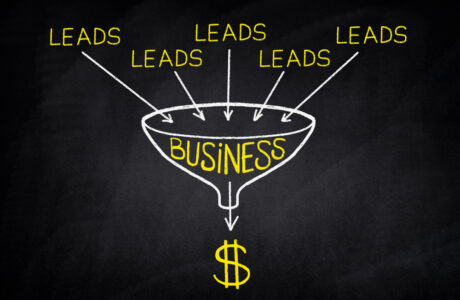Are you struggling to generate new leads for your insurance business? You’re not alone. Many agents and brokers face the same challenge of finding quality leads that can be converted into sales. One way to overcome this is by using aged insurance leads, which are leads that are more than 30 days old. In this article, we’ll discuss how to effectively use aged insurance leads to increase your sales and grow your business.
Understanding Aged Insurance Leads
Aged insurance leads are leads that have been generated in the past, typically more than 30 days ago. These leads are often considered “dead” because they have not been contacted or followed up with by any agent or broker. However, aged insurance leads can still be valuable because they represent potential customers who may have a need for insurance products.
Advantages of Using Aged Insurance Leads
There are several advantages to using aged insurance leads:
- Cost-effective: Aged leads are often sold at a lower price than fresh leads, making them a more cost-effective option for agents and brokers on a tight budget.
- Less competition: Aged leads have likely been sold to fewer agents or brokers than fresh leads, which means there is less competition to contact and convert them into sales.
- High conversion rates: Aged leads may have had more time to research insurance products and become more educated about their options, which can lead to higher conversion rates.
Disadvantages of Using Aged Insurance Leads
While there are advantages to using aged insurance leads, there are also some disadvantages to keep in mind:
- Quality: Aged leads may not be as fresh as other leads, which means they may not be as qualified or interested in purchasing insurance products.
- Contact information: Aged leads may have outdated or incorrect contact information, making it difficult to reach potential customers.
- Competition: While there may be less competition for aged leads, there is still competition from other agents or brokers who may be contacting the same leads.
How to Source Aged Insurance Leads
There are several ways to source aged insurance leads:
- Lead providers: Many lead providers offer aged insurance leads for sale. These leads are often sorted by criteria such as age, location, and type of insurance product.
- Internal database: Agents and brokers can also generate their own aged leads by tracking and following up with leads that were not converted into sales.
- Networking: Agents and brokers can network with other professionals in the insurance industry to obtain aged leads from their referral networks.
Qualifying Aged Insurance Leads
Once you have sourced aged insurance leads, it’s important to qualify them to ensure they are worth pursuing. Some factors to consider when qualifying aged leads include:
- Age of the lead: The longer a lead has been inactive, the less likely they may be interested in purchasing insurance products.
- Contact information: Verify that the contact information for the lead is still accurate and up to date.
- Interest level: Gauge the level of interest the lead has in purchasing insurance products by asking qualifying questions.
Creating an Aged Leads Strategy
To effectively use aged insurance leads, it’s important to have a strategy in place. Here are some steps to consider when creating an aged leads strategy:
- Set goals: Define what you hope to achieve with aged leads, such as a target number of conversions or a specific revenue goal.
- Define your target market: Determine which types of insurance products your aged leads are most likely to be interested in based on their demographics and other qualifying factors.
- Develop messaging: Craft messaging that speaks to the needs and pain points of your target market. Consider using testimonials or case studies to demonstrate the benefits of your insurance products.
- Choose a follow-up method: Decide how you will follow up with aged leads, such as by phone, email, or direct mail.
- Establish a follow-up schedule: Create a schedule for following up with aged leads that ensures you are contacting them consistently without being too aggressive.
Tips for Contacting Aged Insurance Leads
When contacting aged insurance leads, it’s important to approach them with care and sensitivity. Here are some tips for contacting aged leads:
- Personalize your outreach: Use the lead’s name and any other relevant information you have about them to make your outreach feel more personalized.
- Use a friendly tone: Approach the lead in a friendly and approachable manner, rather than being overly aggressive or pushy.
- Offer value: Provide the lead with valuable information or insights about insurance products that may be of interest to them.
- Ask questions: Ask the lead questions to gauge their level of interest and understand their needs and pain points.
- Be persistent: Follow up with the lead consistently without being too aggressive or overwhelming.
Importance of Follow-Up
Following up with aged insurance leads is crucial to converting them into sales. Many leads may need to be contacted several times before they are ready to make a purchase. Here are some reasons why follow-up is important:
- Builds trust: Consistent follow-up shows that you are committed to providing value and meeting the needs of the lead.
- Helps overcome objections: Following up allows you to address any objections or concerns the lead may have about purchasing insurance products.
- Keeps you top of mind: Regular follow-up keeps your brand and offerings top of mind for the lead, making it more likely they will choose your products when they are ready to purchase.
How to Close Aged Insurance Leads
Closing aged insurance leads requires a combination of persistence, knowledge, and skill. Here are some tips for closing aged leads:
- Be prepared: Have all the necessary information and resources at hand to answer any questions the lead may have.
- Address objections: Anticipate and address any objections or concerns the lead may have about purchasing insurance products.
- Create a sense of urgency: Use scarcity tactics, such as limited-time offers or incentives, to create a sense of urgency and encourage the lead to take action.
- Offer solutions: Provide the lead with tailored solutions that address their specific needs and pain points.
Measuring Success with Aged Insurance Leads
Measuring the success of your aged leads strategy is important to determine whether it is working effectively. Here are some metrics to consider when measuring success:
- Conversion rate: Measure the number of aged leads that were converted into sales.
- Return on investment (ROI): Calculate the return on investment for your aged leads strategy by comparing the revenue generated from aged leads to the cost of sourcing and following up with them.
- Follow-up rate: Measure the percentage of aged leads that were followed up with consistently.
Common Mistakes to Avoid
When using aged insurance leads, it’s important to avoid common mistakes that can hinder your success. Here are some mistakes to avoid:
- Being too aggressive: Contacting leads too frequently or with a pushy tone can turn them off and cause them to disengage.
- Not personalizing outreach: Using generic or impersonal messaging can make leads feel like they are just a number and not valued as individuals.
- Failing to follow up consistently: Inconsistent follow-up can cause leads to lose interest and move on to other options.
- Not understanding the lead’s needs: Failing to understand the lead’s specific needs and pain points can result in missed opportunities to convert them into sales.
- Not measuring success: Without measuring success, it’s difficult to determine whether your aged leads strategy is effective and make necessary adjustments.
Conclusion
Using aged insurance leads can be an effective way to generate new business and boost revenue. By creating a clear strategy, using effective outreach techniques, following up consistently, and measuring success, insurance agents can make the most of their aged leads and convert them into sales. Remember to avoid common mistakes and always prioritize personalization and understanding the needs of your leads. With these tips, you can effectively use aged insurance leads and achieve your business goals.
FAQs
What are aged insurance leads?
Aged insurance leads are potential customers who have shown interest in purchasing insurance products but have not yet made a purchase. They are typically older leads that may require more targeted and persistent follow-up.
How can I make my outreach more personalized?
Use the lead’s name and any other relevant information you have about them to make your outreach feel more personalized. Consider referencing their specific needs or pain points to show that you understand their unique situation.
What are some effective follow-up methods?
Effective follow-up methods for aged insurance leads include phone, email, and direct mail. Choose a method that works best for your target market and ensure you are following up consistently without being too aggressive.
How long should I continue to follow up with aged leads?
The length of follow-up will depend on the specific situation and the lead’s level of interest. However, it’s generally recommended to follow up consistently for at least several weeks to several months.
What metrics should I track to measure the success of my aged leads strategy?
Key metrics to track include conversion rate, return on investment (ROI), and follow-up rate. These metrics can help you determine whether your strategy is effective and make necessary adjustments to improve results.




